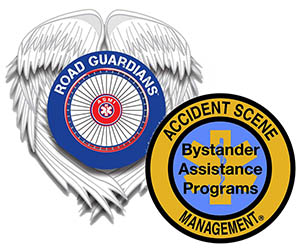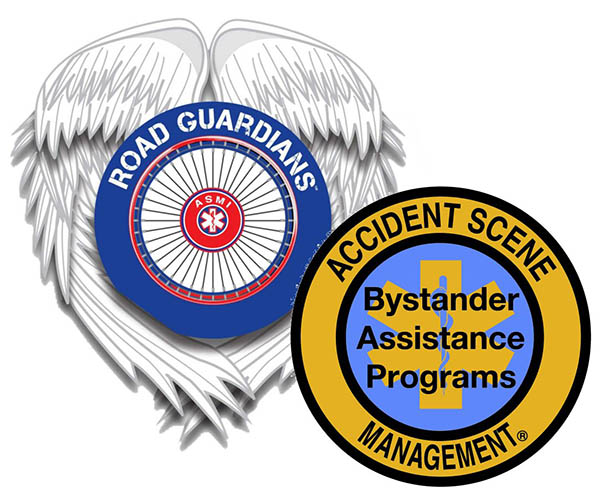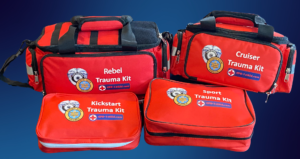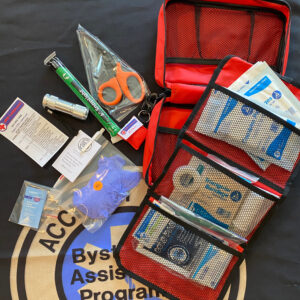
ASK SPITFIRE
Question: As I prepare for the riding season, is there anything I need to consider in regard to maintaining my Trauma Pack/Kit?
Answer: Maintaining a trauma kit is crucial so that your supplies are ready for you when needed. Having proper knowledge AND proper supplies ensures that you will be ready to address serious injuries promptly and effectively. Items found within any trauma or first aid kit should be checked regularly and replaced or maintained as needed to keep the kit in optimal condition.
Here’s a general guideline on how to check
Regular Inspection:
You should check your pack at the beginning of the riding season (if you have one) and once a month. This not only helps you to become more familiar with what is in your pack and where the items are located but also helps you visually check your products. Even without use, materials can degrade over time. Adhesive on bandages can weaken, medical tapes can become less sticky, and elastic in compression bandages can lose their stretch.
Expiration Dates:
Some of your supplies, such as medications, antibiotic ointment, hemostatic dressings, sterile saline, and chemical glo sticks, have expiration dates. Surprisingly, things like chemical cold packs and electrolytes typically don’t have expiration dates. Expired items don’t immediately go bad on their expiration dates, but you will want to rely on those items when needed, so keeping them fresh and ready for use is a good practice. 
Batteries:
Anything with a battery in it should be checked to be sure it still works. Batteries have an expiration date on the packaging, which is valid for their “shelf life,” but once removed from the packaging and placed in a flashlight, strobe, or finger oximeter, there is a draw on the battery, and it can fail without warning. It can also leak and cause corrosion, which may ruin the item it is in, so visually checking batteries from time to time is also a good idea. Keeping another unopened package of batteries as a backup could serve you well if you need them in the time that comes. 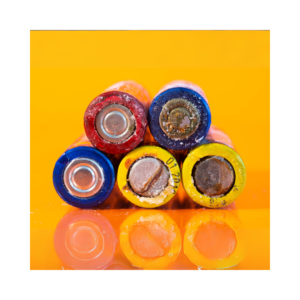
Sealed Items:
Items that are meant to be sterile, such as gauze and bandages, should be inspected regularly for any signs of damage to their packaging. If the seal is broken, the package is yellowed, the packaging has gotten wet, or is compromised in any way, sterility can be affected. Replace these items to ensure they are safe for use when needed.
Usage:
After using your kit, it’s essential to replace the items used from it as soon as possible. Your kit should have an inventory list to help you check and repack. Even if you only use a few items during an emergency, replenishing these supplies promptly ensures your kit is always ready for the next situation.
Technological and Guideline Updates:
Medical technology and best practices evolve over time. Stay informed about any changes in recommended trauma care practices or new, more effective items that could enhance your kit’s capabilities. Updating your trauma kit based on the latest guidelines ensures you are prepared with the most effective tools and knowledge to handle emergencies. You can do this by keeping up your certification with Accident Scene Management classes, joining Road Guardians, and following us on social media.
In conclusion, maintaining a trauma kit is an ongoing process that requires attention to expiration dates, the integrity of packaging, usage, and advances in medical practices. By regularly inspecting and updating your trauma kit and keeping up with the latest recommended practices, you ensure that you are always prepared to provide immediate and effective care in emergency situations. Remember to take an Accident Scene Management class every three years to stay certified.
Do you have a question for Spitfire? Ask it here:
Ask Spitfire
Questions asked through "Ask Spitfire" for monthly articles
